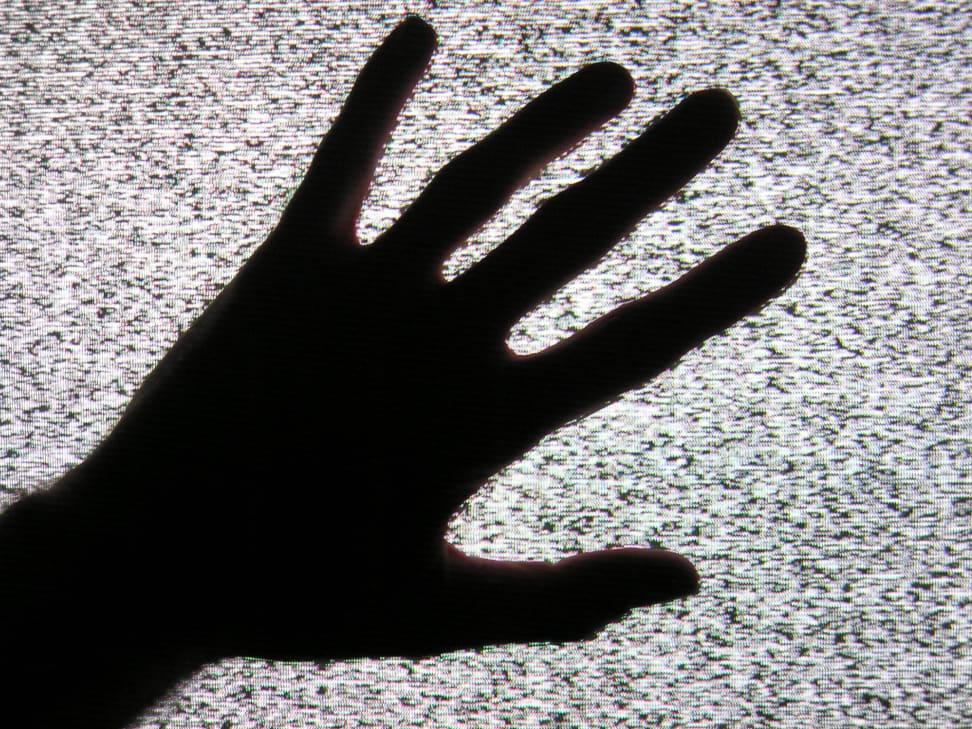Hackers Find a New Way Into Your Home: Your TV
Sorry, cord-cutters... turns out cable might be safer.
 Credit:
Credit:
Products are chosen independently by our editors. Purchases made through our links may earn us a commission.
Smart TVs are one of the newest device categories to gain mass adoption. Yet their adoption could cause more harm than it's worth—for Europeans, at least.
Forbes reports that an exploit in a new form of over-the-air broadcast signal could lead hackers right into your home via your smart TV. The so-called “Red Button flaw" (named after the iconic smart function key) was discovered by students at the Columbia University Network Security Lab.
The students, Yossef Oren and Angelos D. Keromytis, discovered the flaw in Europe’s new hybrid broadcast broadband TV standard (HbbTV for short). This standard allows broadcast stations to transmit programming alongside web content in over-the-air broadcasts.
All hackers need is a drone- or rooftop-mounted antenna to broadcast their own malicious signals to your smart TV, then gain access to your home network. Worse still, they're virtually untraceable using conventional tracking techniques. Authorities would need antennas of their own to hunt down the source of the hackers’ signals and by then the criminals could be long gone.
Oren and Keromytis demonstrated such an attack for the Digital Video Broadcast (DVB) consortium—the European standards body behind HbbTV. But the consortium apparently did not consider the threat as serious enough to alter the standard. The students argue this is problematic, since the standard is widely used across Europe.
Luckily, this is not the case in the United States. Oren says a variant of HbbTV is being considered by the the Advanced Television Systems Committee (ATSC), but it is only a “candidate standard” under review and would still have another round of reviews to endure before becoming a reality.
Even if it does roll out to Americans, the Consumer Electronics Association reports that only seven percent of American TV households actually use over-the-air signals, and that number is on the decline.
Via: Forbes Hero Image: Flickr user "restlessglobetrotter" (CC BY 2.0)
